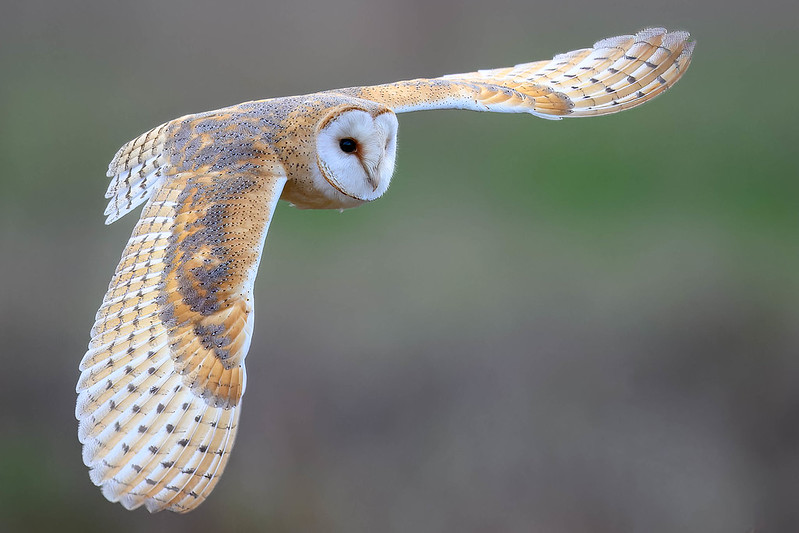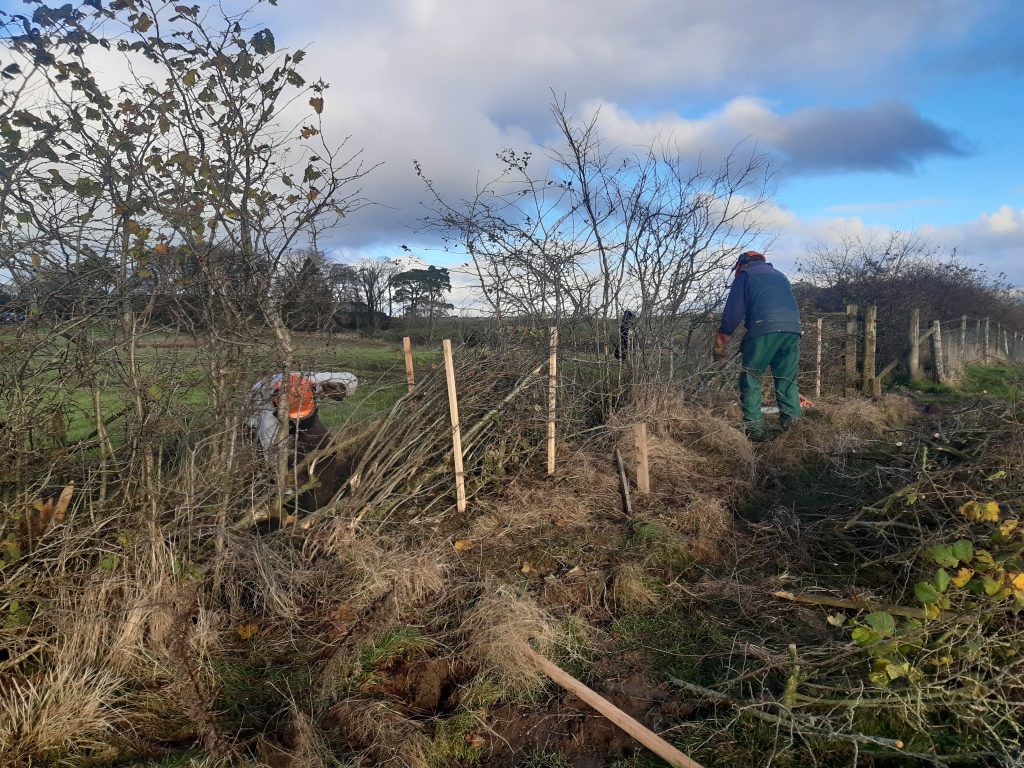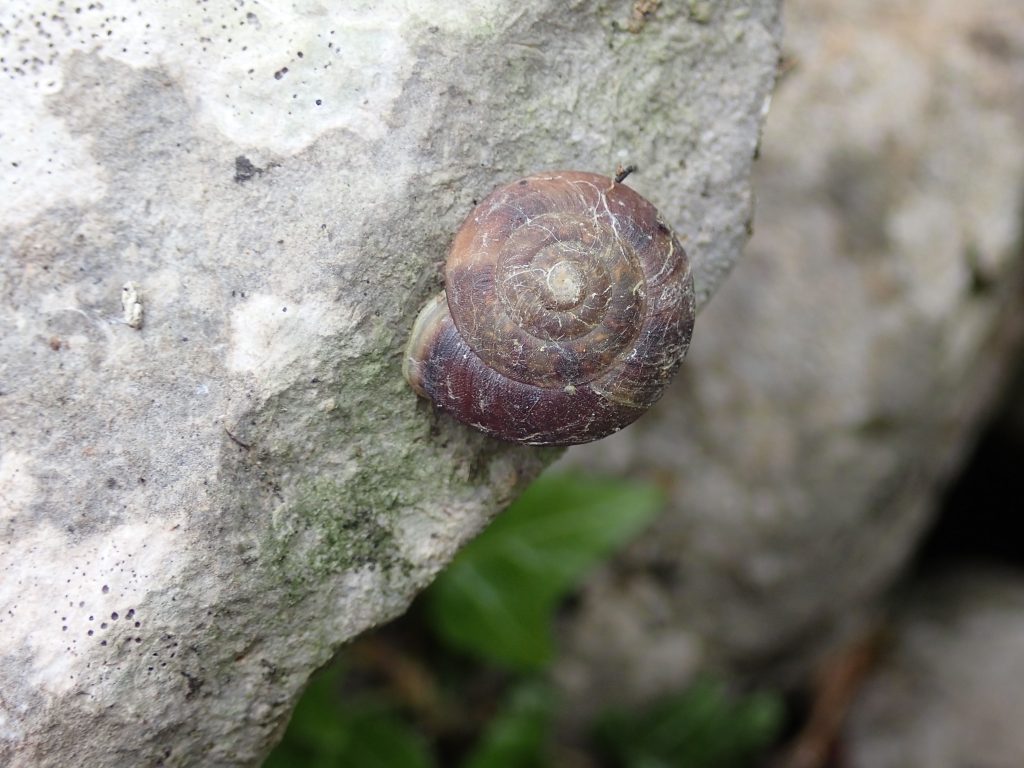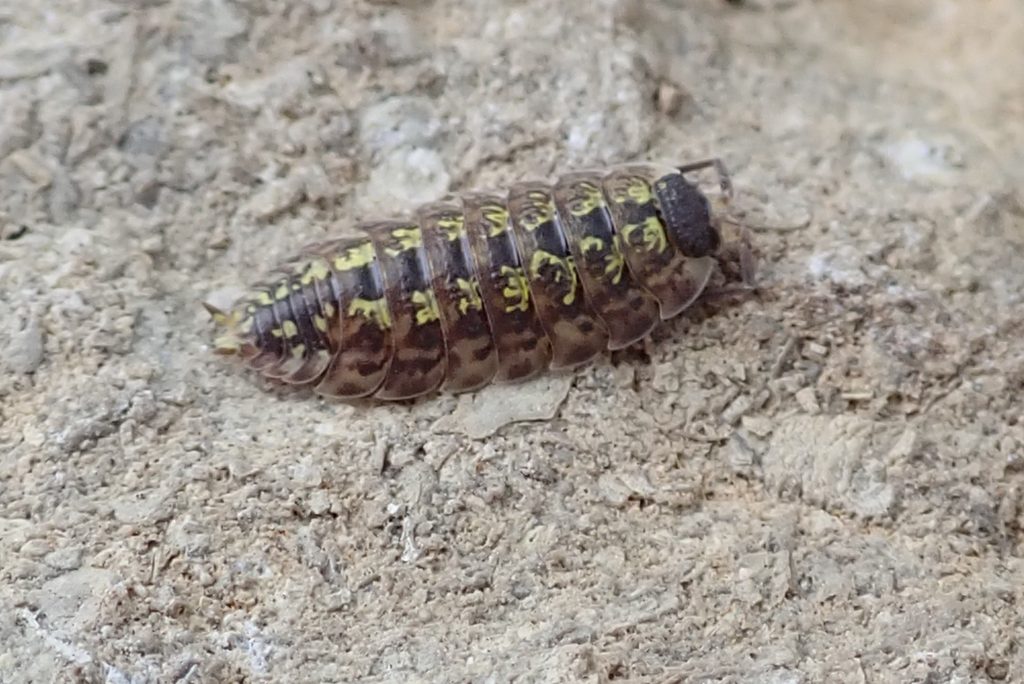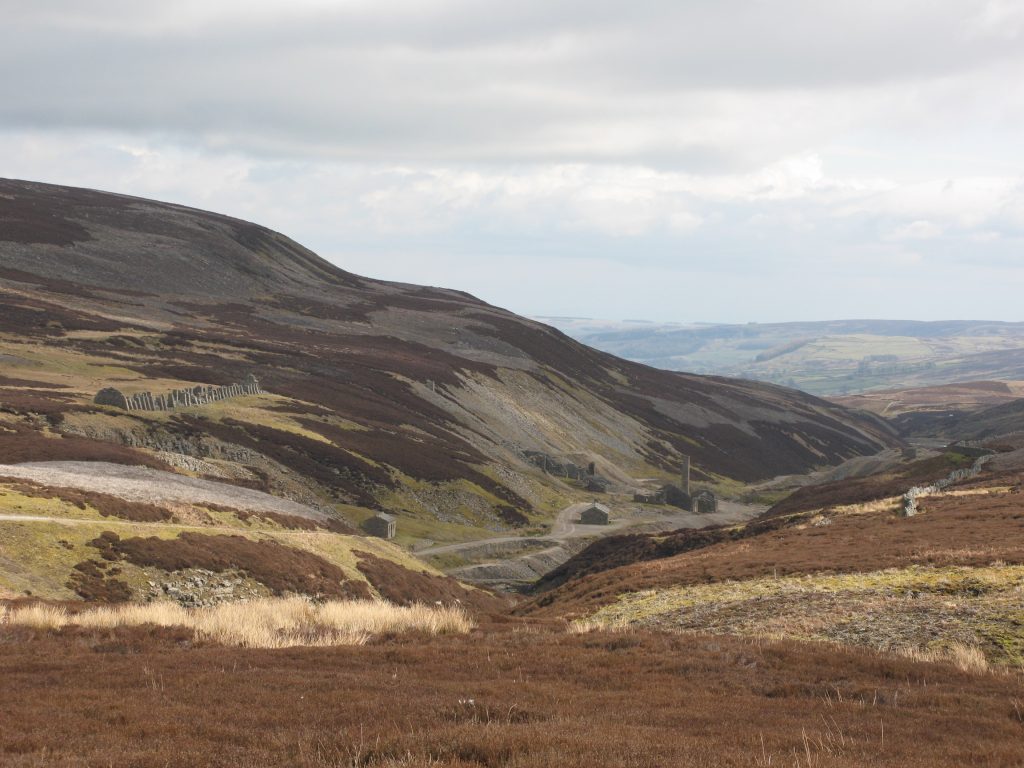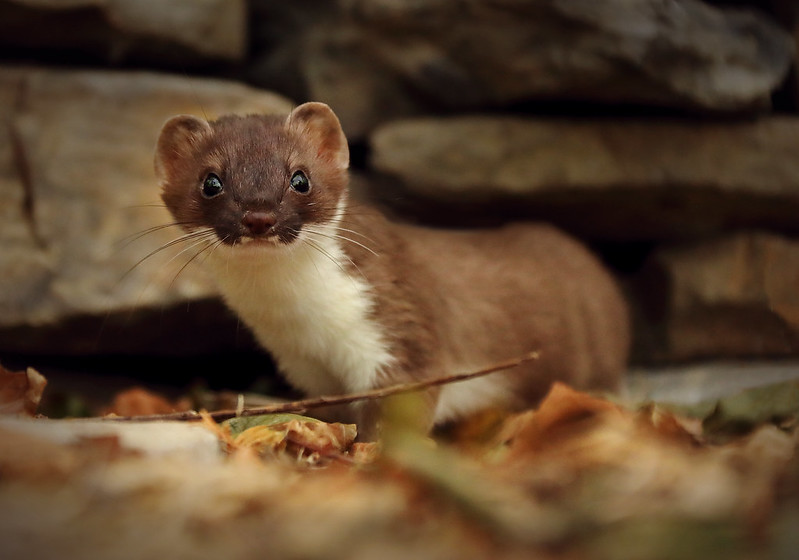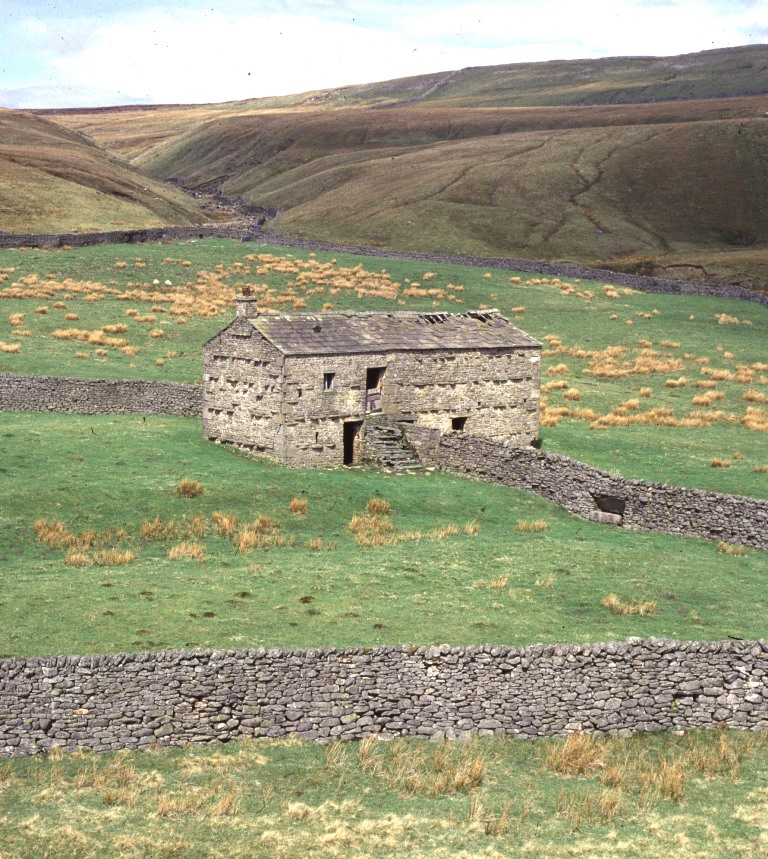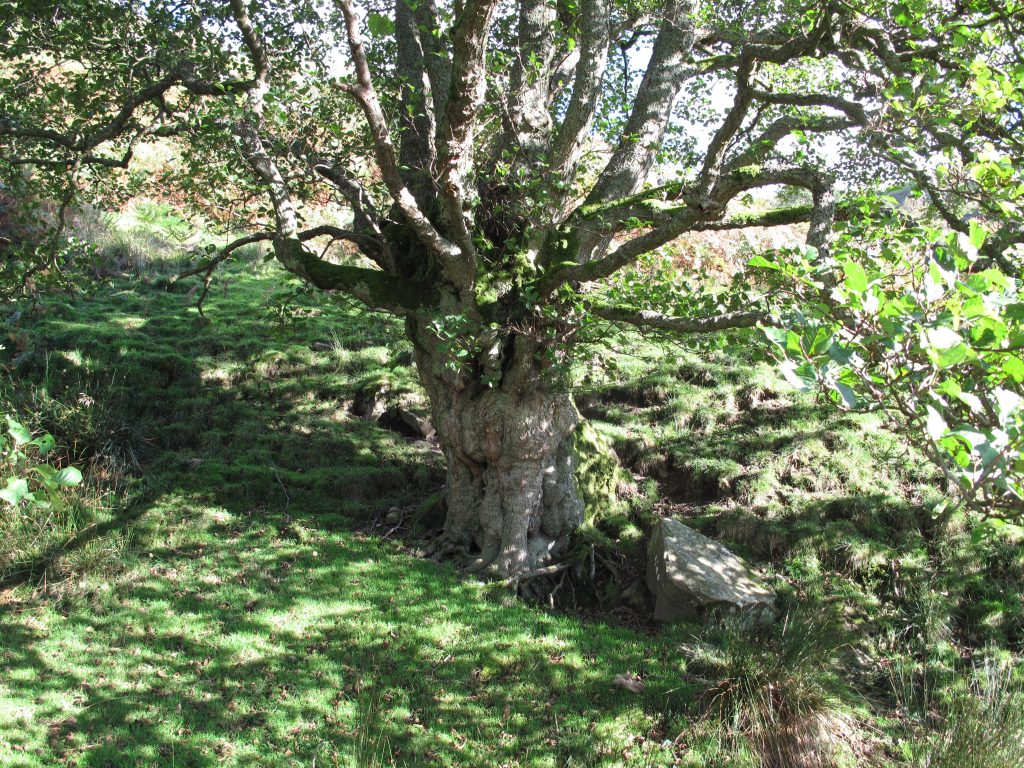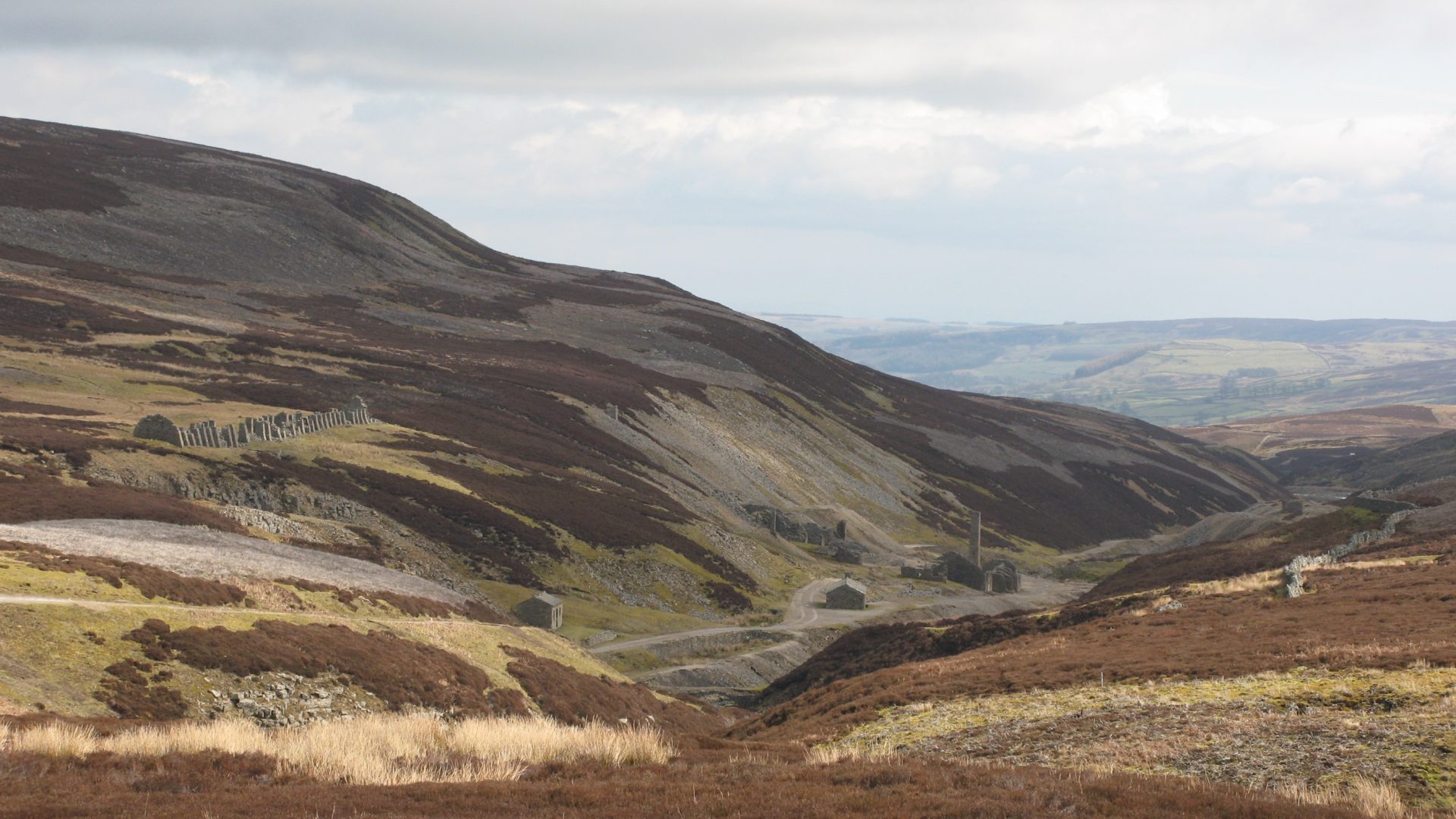
Where history meets nature in the Yorkshire Dales
Published: 14 July 2025
Sarah Whiteley, Senior Historic Environment Officer for the Yorkshire Dales National Park, explores the intersectionality of nature recovery and the historic environment.
The Yorkshire Dales National Park has a special and unique landscape shaped by human activities and natural processes. This National Park is particularly famous for its distinctive drystone wall field patterns and many field barns dotted amongst them. Whilst it’s recognised that these features reflect past agricultural practices, have you ever wondered how historic and archaeological features like this support nature?
Ancient drystone walls for example are home to rare invertebrates such as the limestone wood louse and lapidary snail – both common in the Dales but declining in the rest of the county and the wider UK.
Stone walls provide shelter and hunting grounds for small mammals such as stoats and weasels; and nesting sites for small bird species such as robins and wrens. Mosses and lichens grow on these walls and some plant species favour the dry conditions at their bases.
The numerous field barns in the Dales are frequently used as nesting and roosting sites for barn and little owls.
In the Westmorland Dales area of the National Park, field boundaries defined by hedgerows are more common. They provide important habitat for birds, small mammals, insects and feeding locations for bats.
About one fifth of the woodland in the National Park is ‘Ancient Semi-Natural Woodland’ (ASNW) which means there has been a continuous coverage of trees for several centuries. Semi-natural ancient woodlands dominated by self-sown native species are the most important types of woodland in the Dales for biodiversity conservation.
In the past however, these woodlands were often intensively managed for the production of charcoal and timber. The economic importance of such sites being one of the reasons that they survive today.
Finally even former industrial sites, which are quite polluted with lead and other toxic metals and minerals, support rare suites of plant species. Sites such as Old Gang Mine in Swaledale still have a range of ruinous above ground remains including mills, shafts and flues. In addition to structures however, the extensive surviving areas of mining waste support calaminarian grassland, distinctive plant communities associated with heavy metal mining, particularly the sparse vegetation of lead mine spoil and smelt mill waste where only metal-tolerant plants (known as metallophytes) can grow.
Nature recovery in the Yorkshire Dales
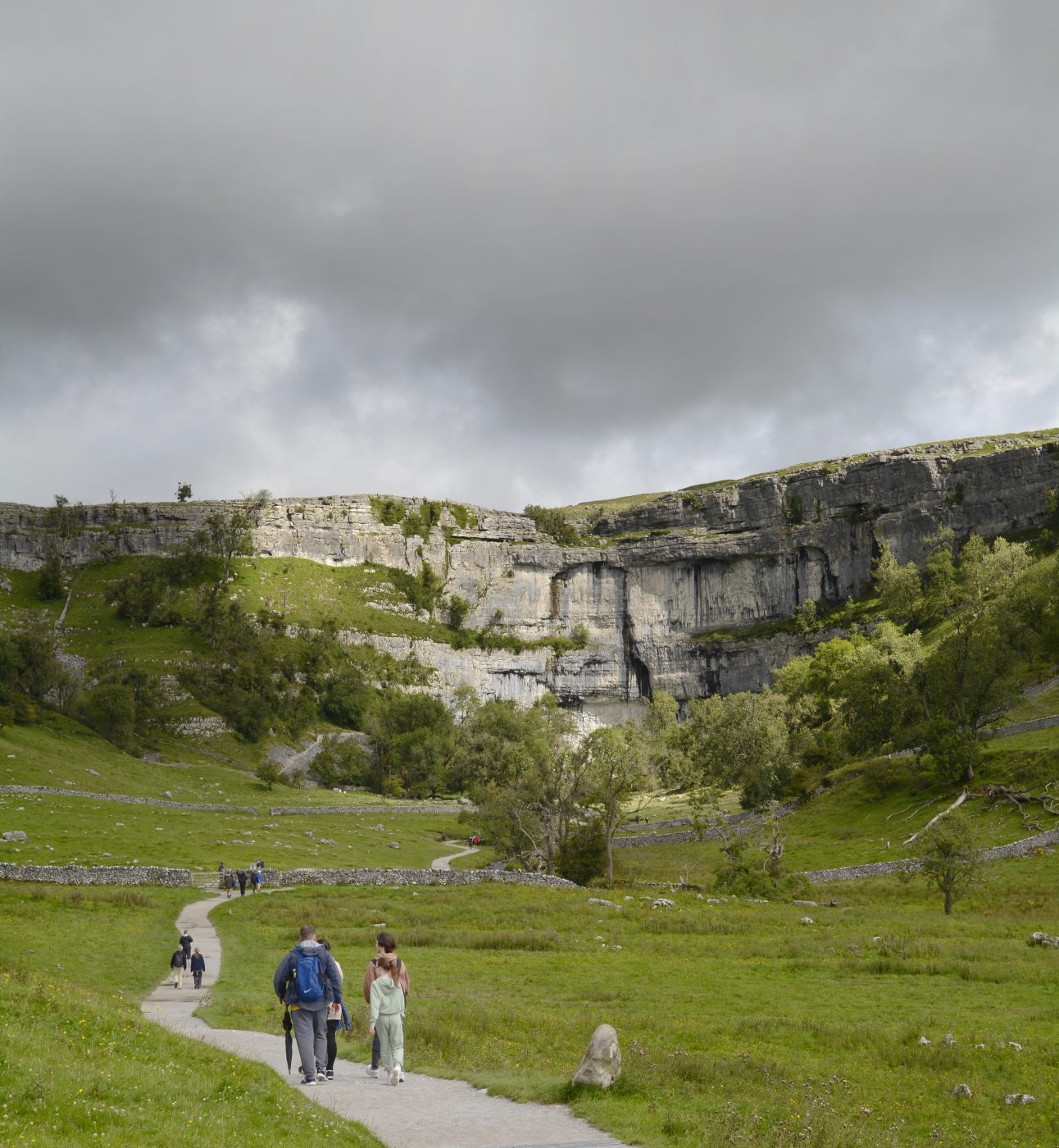
Malham Cove © Harriet Gardiner
Explore the Yorkshire Dales
From rolling hills to striking waterfalls and unique limestone formations, the Yorkshire Dales are a special landscape shaped by human and natural activities.

